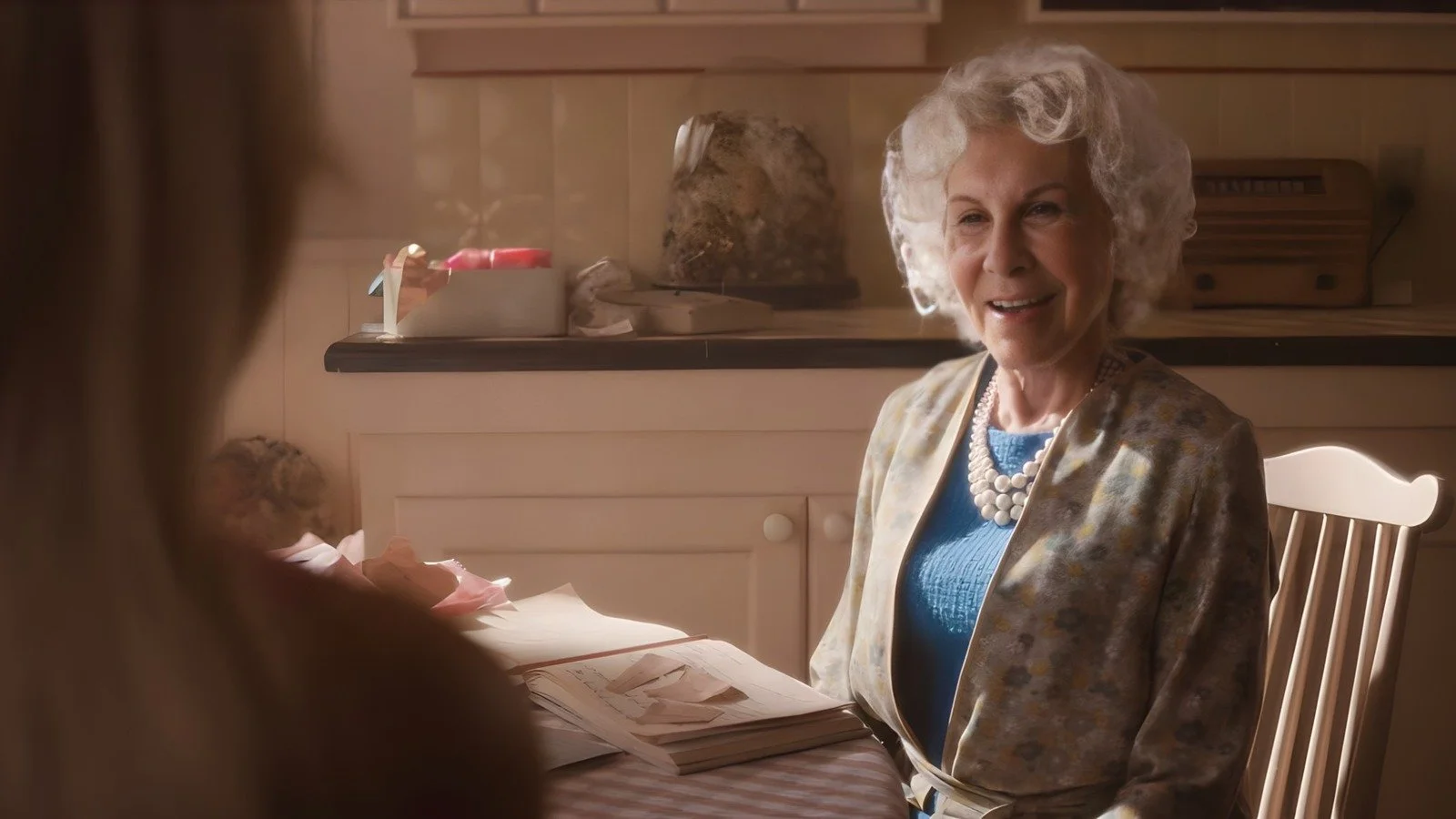Watching the new Barbie film through the lens of a creation story has been deeply moving for me. As I watched the film with my teen daughter yesterday in what was my third viewing, the lens that kept moving me to tears was seeing Barbie as a creation story. And it’s a better creation story than the one most of us were immersed in and that still undergirds so much of our harmful patriarchal systems. Barbie does get to meet her Maker. And She’s a kind grandmother who has nothing but tenderness and pride for her creation as she watches her doing the difficult work of growing up.
Read MoreOur God language matters because it is how we conceptualize that which we hold as ideal. And in Western culture, which is deeply tied to Empire types of Christianity, Christian metaphors for God have been mired for centuries in tradition, sexism, and power. The pervasive idea that God equals male turned into male equals God. It has damaged us all at every level from personal to societal, and it needs to change.
This is not a new movement—for decades, womanist and feminist scholars have pointed out the harm done by male-centric God talk. Feminine images and language for God are found in the Jewish and Christian scriptures, which include references to God as a compassionate mother, a midwife, and a woman in labor. She bakes bread to feed the hungry, shelters Her baby chicks, and nurses Her babies. Julian of Norwich, a 14th-century female theologian and saint wrote: “As truly as God is our Father, so truly God is our Mother.” In the 20th century, Pope John Paul I echoed Julian when he said, “God is our Father; even more God is our Mother.”
But our texts and traditions have named and imagined divinity as “He” for so often and for so long that many of us have started to think God is actually masculine and male. This has enormous implications for how children of all genders grow up imagining (or not) their essence as part of the Image of God. Masculine language for God contributes to a world in which women and girls remain marginalized and seen as less than, and the mothering and feminine qualities in all genders are undervalued. Feminine God-language is liberating for us all.
Read MoreHow might we view story of Jesus differently if we taught that he came to show us how to live, instead of coming to die? Maybe his execution by the state was actually an interruption in his teaching and not the point? Dismantling substitutionary atonement is holy troublemaking work indeed.
Early on in my faith shift (before I realized just how many atonement theories there are), I had a heck of a time figuring out how to talk about Easter with my daughter. She was three when she first asked me what Easter was about, and I didn’t know what to say. I knew I didn’t believe that a loving Divine required the sacrifice of an innocent, and yet that thread is so thoroughly interwoven through almost everything that Western Christianity and even secular Western culture touches, that I felt lost with where to even start unraveling.
“Um, well, it’s about spring and new life—and chocolate bunnies!” That’s pretty much what I went with for a few years as a punt because I didn’t have anything else to offer that I felt in alignment with. (And, truthfully, I think that’s a lot less harmful than indoctrinating young children that Jesus had to die because of their sins, so even if that’s where I’d landed, I’d be okay with that today.)
Besides the challenging inner work to move beyond substitutionary atonement, I know from personal experience that it can deeply offend people we love to suggest that there are other, also valid ways to read the Easter story. While difficult, I also deeply believe we must dismantle this harmful theology in order to help birth a world in which all can be respected and flourish.
After all, if we teach our children at impressionable ages that even God requires violence, then it's not a stretch to see how we've ended up in such a violent society.
Here are some resources to help.
This is a season when many cultures celebrate and honor their ancestors. In the church world, we call this All Souls Day and All Saints Day, but the roots go back deeper and traditions with similar themes are present in many, many cultures. In this season, the veil between worlds is extra thin; the boundaries are blurry. We tell stories, we build fires, we prepare foods (I’m counting buying candy for trick-or-treaters under this generous umbrella!), and crucially we remember that we are connected to those who came before just as we are connected to those who will follow.
Read MoreProgressive faith-based children’s books that would make great Christmas gifts.
Read MoreWith Thanksgiving coming up, here are a few book recommendations to help make sure a broader story is being shared, one informed by Native stories and authors.
Read More





